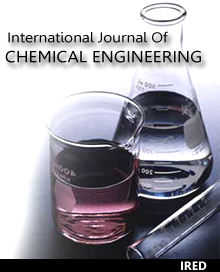Optimization of Calcium Chloride for Efficient In Vitro Regeneration in Cuminum cyminum L: A Significant Seed Spice
Author(s) : SMITA PUROHIT
 Abstract
Abstract
Protecting our environment, while stabilizing the population and adequately feeding the people who will share the Earth in the next generation, is the largest challenge facing human kind today. The preservation of biodiversity can be accomplished only as part of an overall strategy to promote global stability. India is one of the richest countries in the world in terms of biodiversity. It is known worldwide for its rich repository of spices and thus popularly known as the "land of spices". Among various spices, seed spices play a major role in Indian history and commerce as they are cultivated in India since ancient times; also India enjoys the position of being the largest producer, consumer and exporter of seed spices in the world. Cuminum cyminum L. is an important seed spice belonging to family Apiaceae. Production of cumin is limited due to several biotic stresses of which wilt diseases are the most serious. Efforts to improve cumin are limited due to the unavailability of broad genetic diversity. Therefore, the present study deals with in vitro tissue culture studies in Cuminum cyminum L.var. RZ 19 and to study the effect of calcium chloride on induction and proliferation of shoot buds from cotyledonary node explants Shoot buds were induced on medium supplemented with 0.5 Kn mg/1. Proliferation of shoot buds was obtained on MS medium containing 0.5 Kn mg/1. Both shoot induction and proliferation media were supplemented with different levels of CaCl2 (0– l4.95mM). The levels of CaCl2 in the induction as well as proliferation medium highly influenced the shoot regeneration. Highest number of shoot buds per explant was obtained when the concentration of CaCl2 was increased 2 times the normal MS level. Shoot buds formation frequency i.e., the number of shoots formed per explant was increased 2 fold as compared to those formed on control cultures. Shoots upto 2 cm or more in length were excised and inoculated on rooting medium i.e., MS medium supplemented with 0.5 mg/l IBA. Rooted plantlets were transferred to field conditions. Peroxidise enzyme activity and the chlorophyll content of the shoots regenerated on calcium supplemented media was also studied
 Full Paper PDF
Full Paper PDF
